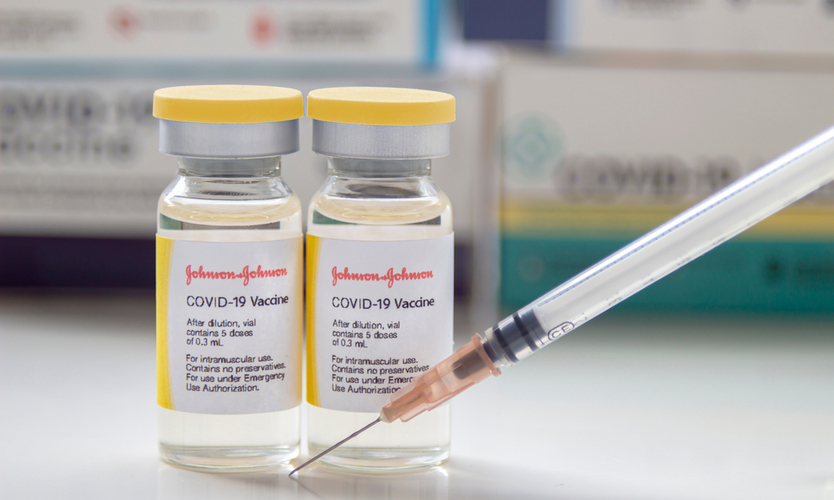Johnson & Johnson plans to split in two
Reprints
(Reuters) — Johnson & Johnson said Friday said it would split into two, separating its consumer health division that sells Band-Aids and Baby Powder from its pharmaceuticals and medical devices business.
The historic breakup comes as J&J faces nearly 40,000 lawsuits alleging its Baby Powder and other talc products contained asbestos and caused cancer, which the company denies. The plaintiffs include women suffering from ovarian cancer and others battling mesothelioma.
CEO Alex Gorsky told The Wall Street Journal that the talc litigation did not play a role in the decision to break up J&J. The company is aiming to complete the separation in 18 to 24 months.
In October, J&J undertook a separate corporate reshuffling aimed squarely at tackling its talc liabilities.
Using Texas’s divisional merger law, the company's Johnson and Johnson Consumer Inc. business split in two, offloading talc liabilities into a newly created subsidiary. The subsidiary, called LTL Management LLC, then moved to North Carolina.
Within days of those moves, LTL filed for bankruptcy protection in Charlotte. In legal circles, the series of transactions is known as a “Texas two-step.”
J&J has offered to contribute $2 billion toward resolving remaining talc litigation as part of the newly created subsidiary’s bankruptcy reorganization.
Earlier this week, a North Carolina bankruptcy judge overseeing the proceedings transferred the case to New Jersey, where J&J is headquartered. He also halted talc litigation against J&J for 60 days, extending to the health care conglomerate a legal shield already provided to LTL, the entity under bankruptcy protection.
Plaintiffs lawyers have decried J&J’s latest move to grapple with talc liabilities, accusing the financially healthy company of manipulating the bankruptcy system without filing for Chapter 11 protection itself.
Congressional Democrats have introduced legislation that would ban the use of divisional mergers to offload liabilities as J&J did, and also limit the ability of companies that have not filed for bankruptcy from obtaining legal protections extended to those under Chapter 11 court protection.
J&J, a blue-chip company with a market value exceeding $400 billion, has spent close to $1 billion defending against the talc litigation. Settlements and verdicts have cost the New Brunswick, New Jersey-based company about $3.5 billion more, although it has prevailed in some cases.
J&J stopped selling Baby Powder in the U.S. and Canada in May 2020, in part due to what it called “misinformation” and “unfounded allegations” about the talc-based product. It maintains its consumer talc products are safe and confirmed through thousands of tests to be asbestos-free.
In June, the U.S. Supreme Court declined to hear J&J’s appeal of a Missouri court ruling that resulted in $2 billion of damages awarded to women alleging the company’s talc caused their ovarian cancer.
Read Next
-

Johnson & Johnson shielded from vaccine liability
Johnson & Johnson is essentially protected under a 2005 federal law from liability for any injuries or deaths arising from its COVID-19 vaccine, whose distribution was halted Tuesday, experts say.